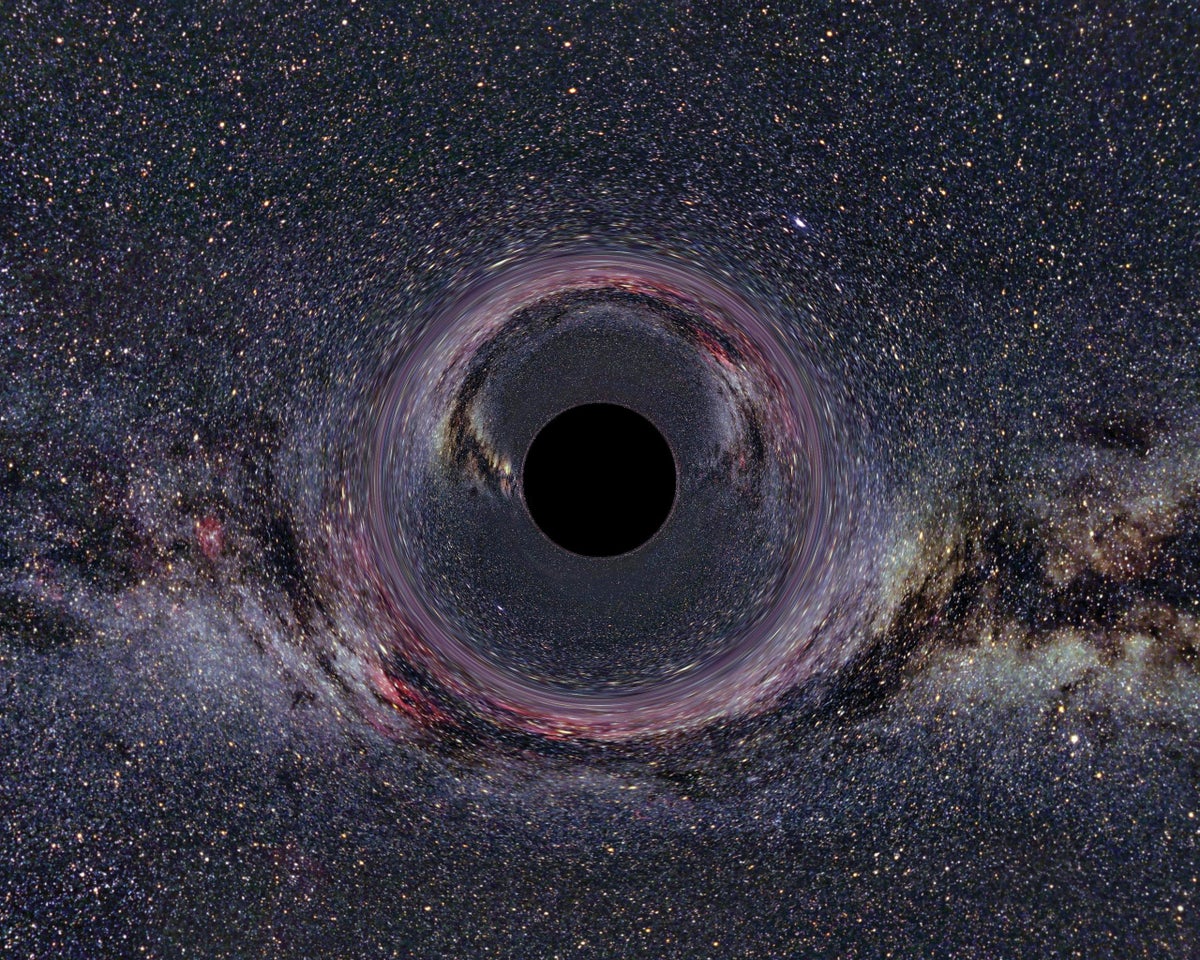- cross-posted to:
- [email protected]
- cross-posted to:
- [email protected]
Black holes the size of an atom that contain the mass of an asteroid may fly through the inner solar system about once a decade, scientists say. Theoretically created just after the big bang, these examples of so-called primordial black holes could explain the missing dark matter thought to dominate our universe. And if they sneak by the moon or Mars, scientists should be able to detect them, a new study shows.



You don’t need a force to prevent collapse if there’s no drag force to slow things down. It would actually be almost impossible for a cloud of dark matter to collapse since any individual particle has momentum and no way to slow down, so they’ll all be in some sort of mutual orbit
I’m guessing you’ve seen as many lorentz attractor simulations as I have, what always happens is something like tidal effects or angular momentum means 90% slow down while a few particles get shot out of hell at ludicrous speed.
The effect is similar to drag, and is basically how we get entropy even without em effects.